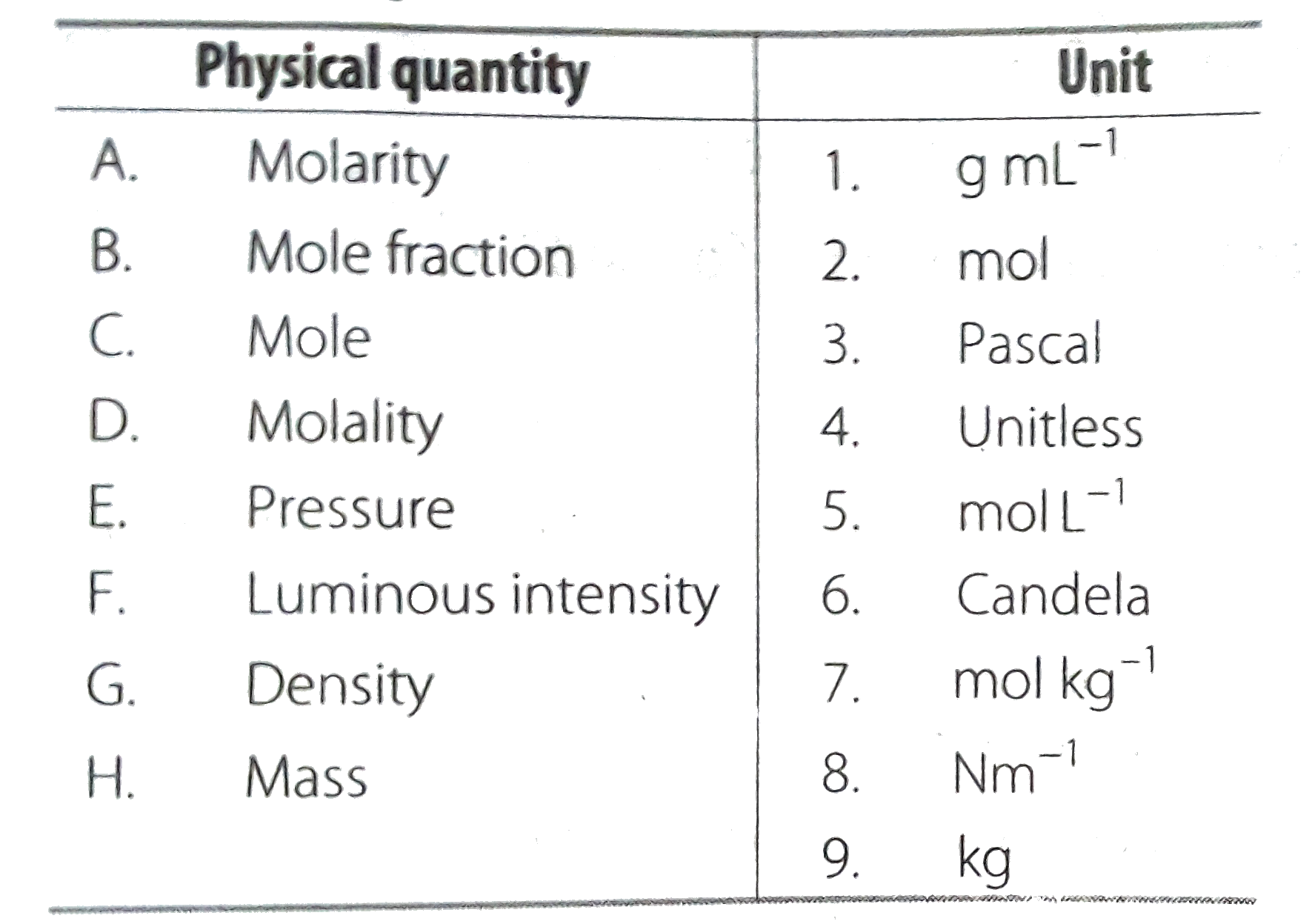Physical quantity
Step-by-Step Text Solution:
1. Definition of Physical Quantity: A physical quantity is defined as any phenomenon that can be measured. This means that it is something we can observe and quantify using various instruments.
2. Measurement Instruments: To measure physical quantities, we use specific instruments. For example, a ruler can measure length, a scale can measure weight, and a thermometer can measure temperature.
3. Expression of Physical Quantity: A physical quantity is expressed as a combination of two components: a numerical value and a unit. The numerical value indicates how much of the quantity is present, while the unit provides a standard for comparison.
4. Examples of Physical Quantities: Different physical quantities have different units. For instance:
- For force, the unit is Newton (N).
- For length, the units can be meter (m), kilometer (km), or centimeter (cm).
- For time, the unit is seconds (s).
5. Conclusion: Understanding physical quantities is essential in physics as it helps us quantify and describe the world around us.
- For force, the unit is Newton (N).
- For length, the units can be meter (m), kilometer (km), or centimeter (cm).
- For time, the unit is seconds (s).
Topper's Solved these Questions
- PHYSICAL QUANTITIES AND MEASUREMENT BOOK - ICSECHAPTER - PHYSICAL QUANTITIES AND MEASUREMENT EXERCISE - Exercises (Section II) Distinguish between
4 Videos
- PHYSICAL QUANTITIES AND MEASUREMENT BOOK - ICSECHAPTER - PHYSICAL QUANTITIES AND MEASUREMENT EXERCISE - Exercises (Section II) Short Answer questions
4 Videos
- PHYSICAL QUANTITIES AND MEASUREMENT BOOK - ICSECHAPTER - PHYSICAL QUANTITIES AND MEASUREMENT EXERCISE - Exercises (Section II) Give reasons for the following.
4 Videos
- MODEL TEST PAPERS BOOK - ICSECHAPTER - MODEL TEST PAPERS EXERCISE - TEST PAPER II (SECTION II) Numerical questions
2 Videos
Similar Questions
A physical quantity X depends on another physical quantities as X=YFe−βr2+ZWsin(αr) where r, F and W represents distance, force and work respectively & Y and Z are unknown physical quantities and α,β are positive contsnats.
If Z represent frequency then choose the correct alternative
View SolutionA physical quantity X depends on another physical quantities as X=YFe−βr2+ZWsin(αr) where r, F and W represents distance, force and work respectively & Y and Z are unknown physical quantities and α,β are positive contsnats.
If T represent velocity then dim(X) is equal to
View Solution
Knowledge Check
Which one of the following physical quantities is not a fundamental quantity?
ALuminious intensityBThermodynamic temperatureCElectric currentDwork
Define elementary physical quantities .
View SolutionGive an example of two physical quantities such that their scalar product and vector product represent two different physical quantities .
View SolutionList different processes or physical quantities while List-il energy associated with these processes or physical quantities, List

View SolutionMatch the following physical quantities with units.

View SolutionThe physical quantities of the wave used for modulation
View SolutionThe physical quantities not having same dimensions are
View SolutionThe physical quantities not having same dimensions are
View Solution
